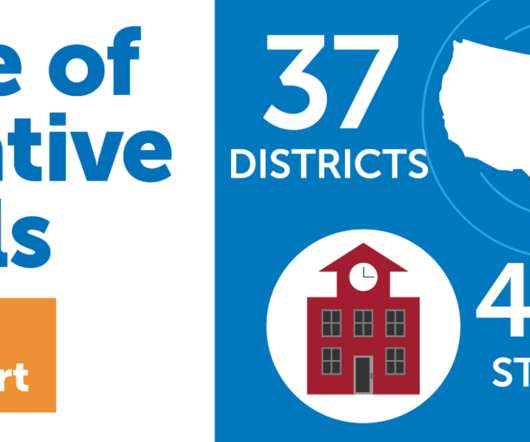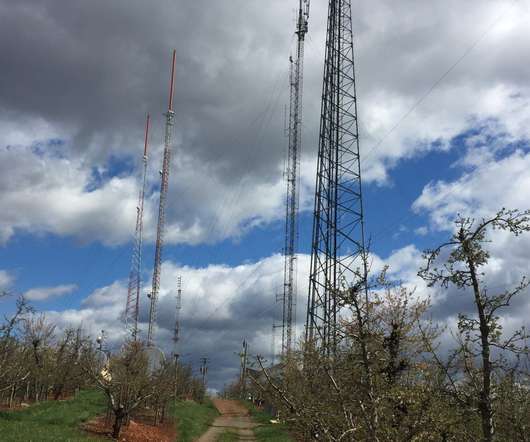Edtech Reports Recap: Video Is Eating the World, Broadband Fails to Keep Up
Edsurge
NOVEMBER 30, 2020
All in this Edtech Reports Recap. Connected Nation bases the analysis in its “Connect K-12 2020 Executive Summary” on FCC E-Rate application data for the 2020 federal fiscal year. The report is based on existing research plus 18 interviews with stakeholders. “Early childhood” videos on YouTube nearly all have advertising.


















Let's personalize your content